
Shaina Patel is a midweight UX/UI designer at Shoreditch Design, crafting apps and websites that stay ahead of the trends. With a first-class degree in graphic design under her belt, Shaina is a multifaceted creative, crafting illustrations and navigating client communications in her day to day role (winding down with the occassional lychee martini on Friday nights).
Her perosnal brand Shaina designs was born out of a desire to design with a meaningful imapct – an approach that spans across her creative career. As part of our Day in the Life series, I caught up with Shaina to discuss the world of UX/UI, her dream client and inclusivity in the illustration industry.
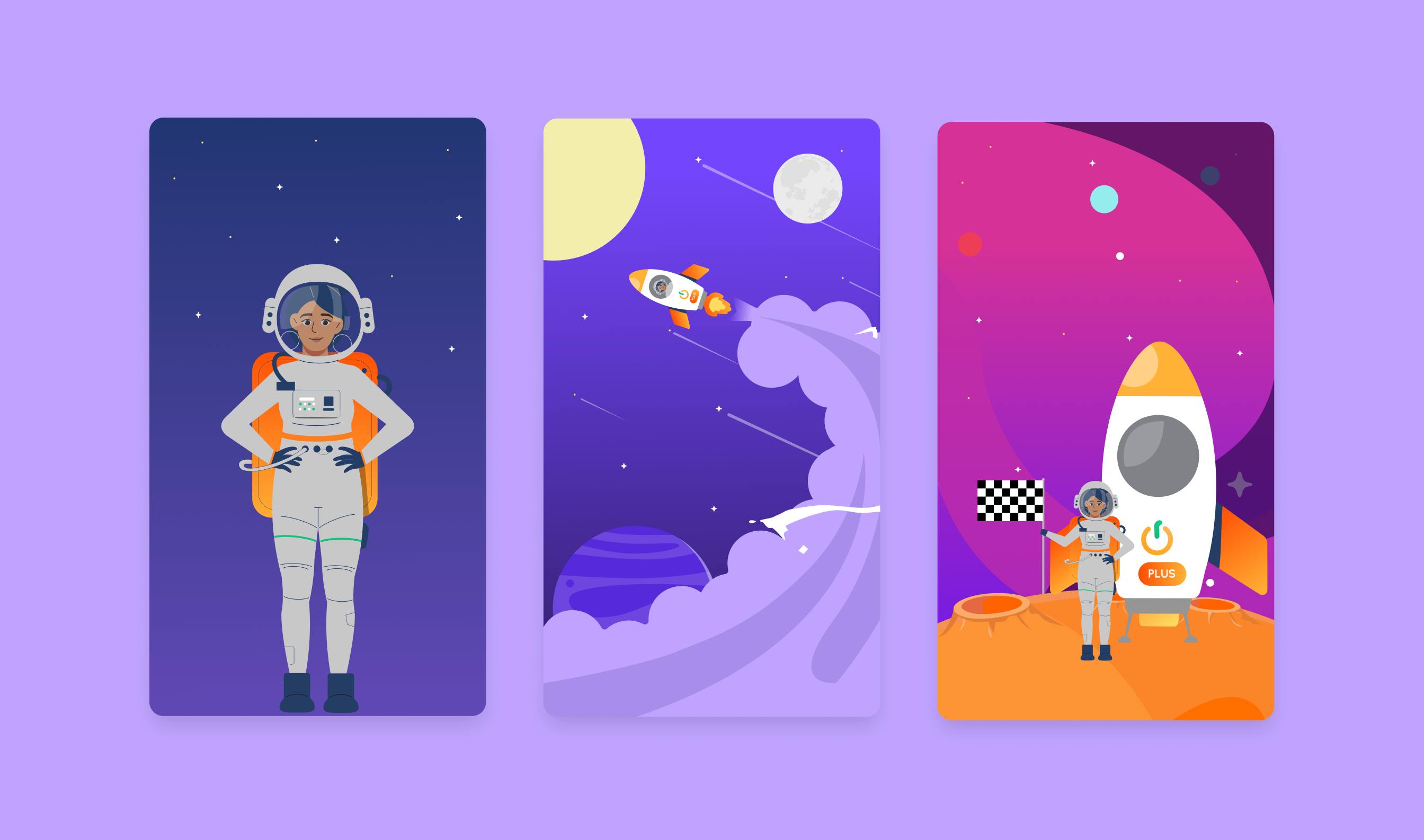
Tell me about a typical day in your role
A typical day in my role involves starting with a morning stand-up meeting with individual teams to outline our objectives for the day. We discuss what tasks were completed, any ongoing projects, and anything that needs to be carried over. Between client meetings, I review the work planned for the week, which can vary based on client preferences and the duration of our engagement.
The bulk of my day is spent completing tasks and projects, ensuring they align with client expectations and deadlines. Occasionally, clients visit for workshops, providing an opportunity to meet them face-to-face and build rapport. This face-to-face interaction enhances client relationships and strengthens collaboration.
Overall, my role involves a blend of team collaboration, client communication, and task execution on a day-to-day basis. This dynamic environment keeps me engaged and focused on delivering high-quality work that meets our clients' needs.
Which project are you the most proud of and why?
One project that stands out to me as particularly meaningful is the PMA project. Over the course of 6 months, I had the opportunity to work closely with the PMA team, which resulted in a long-lasting and fruitful relationship. Our collaboration centred around re-building their website and product, a project I am really proud of.
What makes this project especially significant to me is that it was one project where I had the chance to carry on developing skills in Figma, the program we use to design. This allowed me to hone my skills and become proficient in the tool, laying a solid foundation for future projects. Additionally, the PMA project provided an excellent opportunity to cultivate strong client rapport.
The realisation that UX/UI design offered a unique blend of creativity, problem-solving, and user-centric thinking resonated deeply with me
Shaina Patel
The positive experience led to the client returning for additional work. One aspect I particularly enjoyed was the rebranding phase, where we had the chance to redefine the look and feel of the website while working within the parameters of their existing brand identity.
Throughout the project, I gained invaluable experience in project management, as well as the importance of effective time management. Learning to balance multiple tasks and manage client expectations enhanced my management skills and broadened my professional skill set.
The PMA project holds a special place in my career journey, as it provided a platform for personal and professional growth, fostered strong client relationships, and equipped me with valuable skills that continue to benefit me in my role.
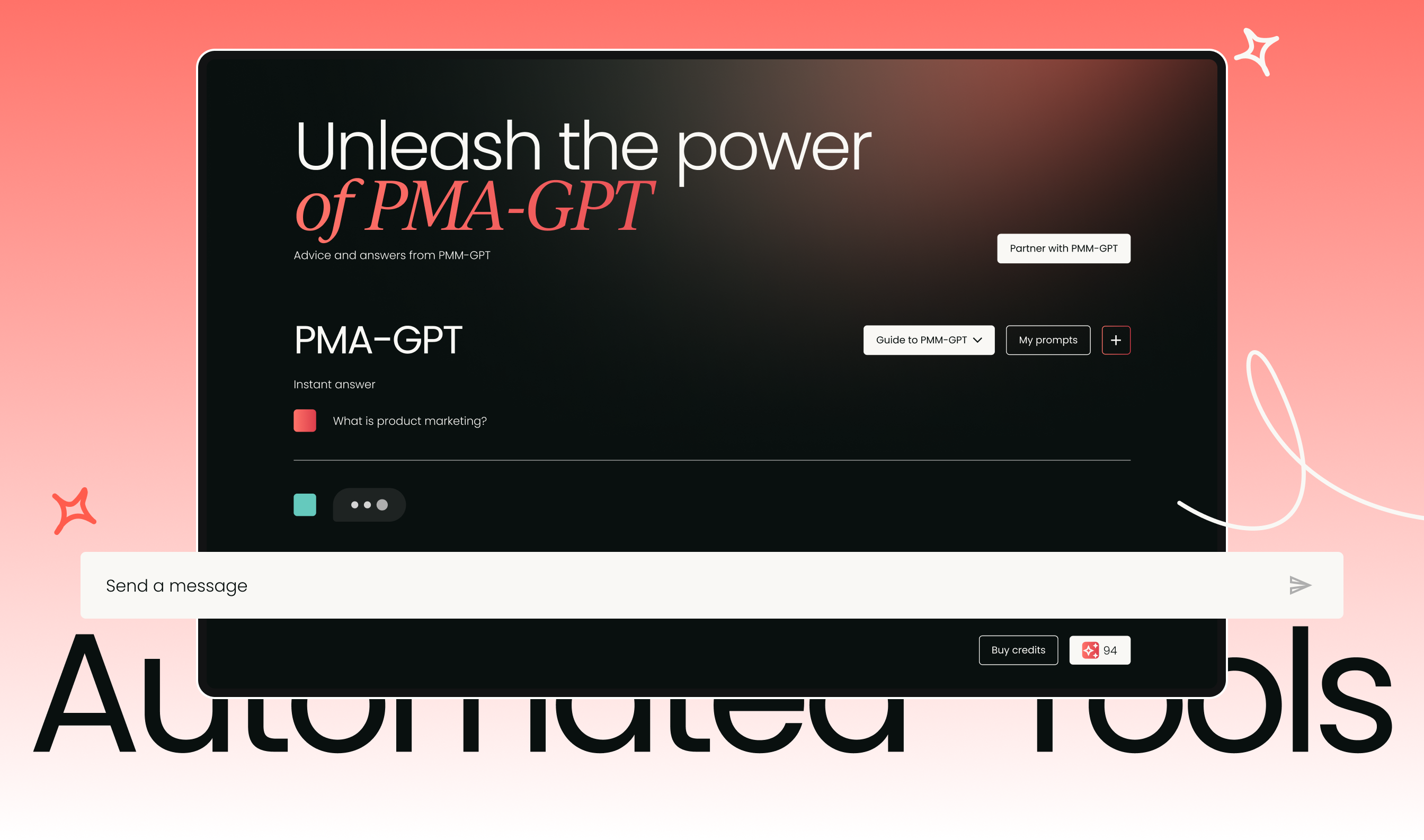
Tell me about a tricky work-related challenge and how you approached it
One particularly challenging work-related scenario I recently encountered was on a long-term project spanning several months. Despite the project's significant scope and complexity, time seemed to be slipping away, and progress was not being made as swiftly as anticipated.
The project entailed a comprehensive rebranding effort for a sizable company, alongside the development of a new website. Additionally, there was a need to address the client's product-related concerns, adding further complexity to an already demanding endeavour.
With such a substantial workload and tight timeframe, it became apparent that a strategic approach was essential to overcome the challenge effectively. To address this, our team of multiple individuals on the project adopted a collaborative approach, leveraging our diverse skill sets to maximise efficiency and productivity.
The demands of design work can be intense – despite this, Shaina Designs remains an important part of my journey
Shaina Patel
Dividing the workload among the team members proved to be an effective strategy. A few team members focused on the rebranding aspect, ensuring consistency and coherence across all branding elements. Simultaneously, a dedicated project manager oversaw the coordination and execution of tasks, ensuring alignment with project objectives and timelines. Additionally, a couple team members were assigned to handle the product-related aspects, ensuring that this critical component of the project received the attention it deserved.
By dividing responsibilities based on each team member's strengths and expertise, we were able to streamline our efforts and make significant progress on multiple fronts simultaneously. This approach not only optimised our productivity but also fostered a sense of cohesion and collaboration within the team.
Ultimately, through effective teamwork and a strategic allocation of responsibilities, we were able to navigate the complexities of the project and deliver results that exceeded the client's expectations. This experience underscored the importance of collaboration, adaptability, and strategic thinking in overcoming challenging work-related situations.
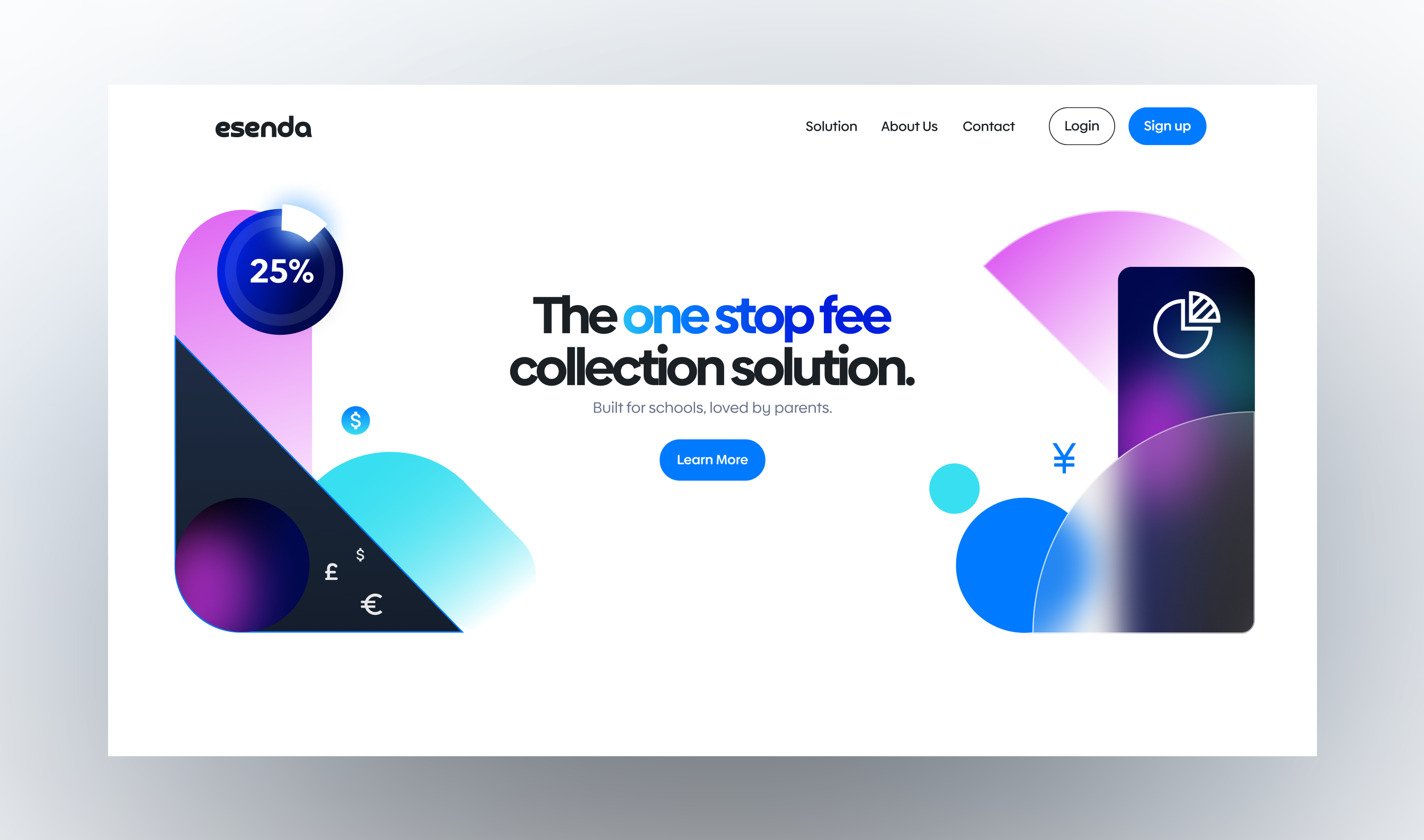
How did you get interested in UX/UI design?
The realisation that UX/UI design offered a unique blend of creativity, problem-solving, and user-centric thinking resonated deeply with me. It was during this period that I made the decision to apply to the University of Leicester, primarily because of its reputation for offering courses that catered to my burgeoning interest in UX/UI design.
Since then, my journey in UX/UI design has been characterised by continuous learning and growth. While my initial exposure was at a beginner level, I was certain that this career path was the right fit for me. Over time, I have embraced opportunities to expand my skills, deepen my understanding of design principles, and refine my ability to create intuitive and impactful user experiences.
My journey into UX/UI design has been driven by a passion for creating meaningful interactions and solving complex challenges through design. It's a field that constantly evolves, presenting new opportunities for innovation and creativity, and I am excited to continue exploring and contributing to its growth.
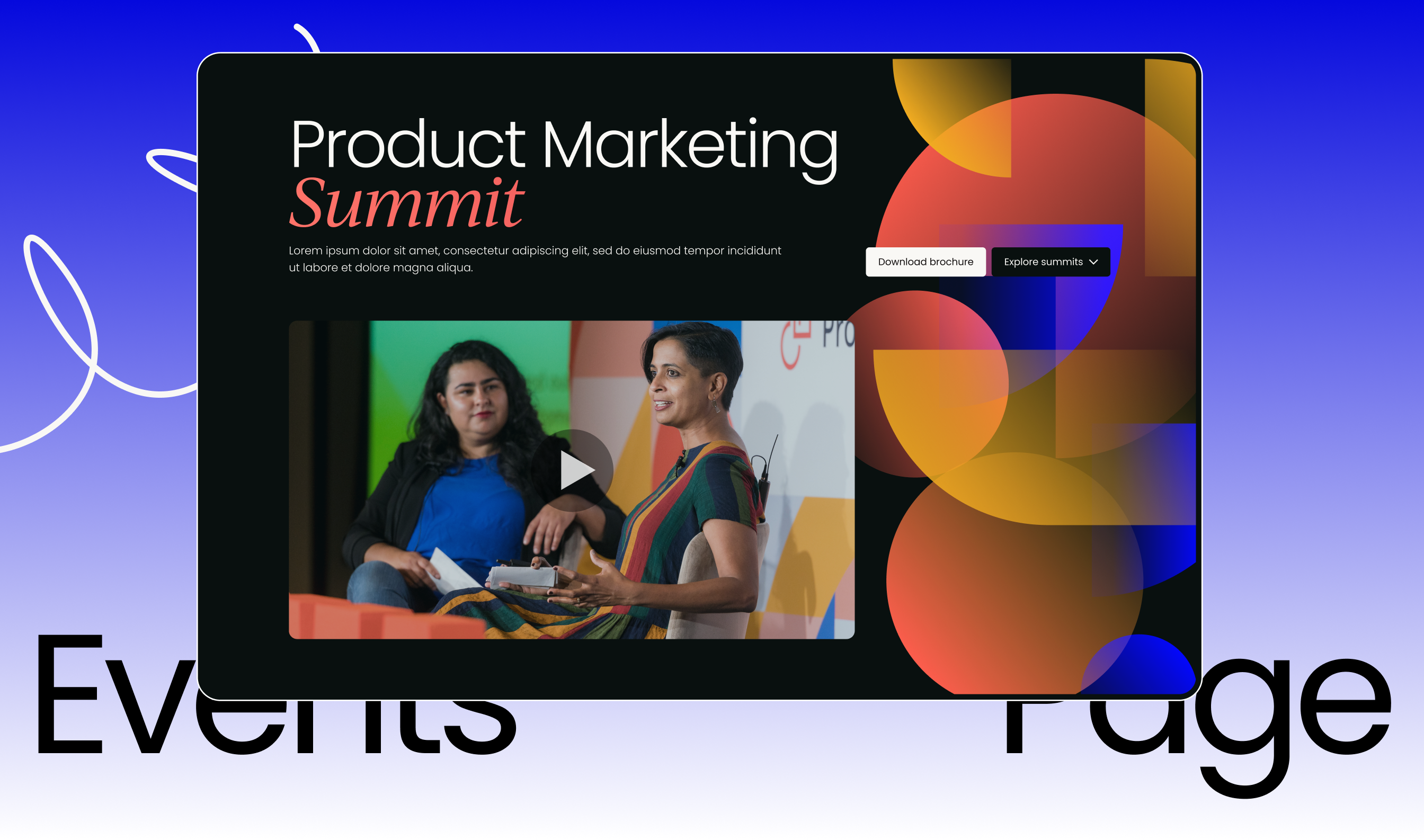
How much time do you dedicate to Shaina Designs, why did you start this project and how’s it going now?
Shaina Designs initially emerged during the lockdown period while I was at university. Inspired by the Black Lives Matter movement and a desire to contribute positively, I embarked on this project as a means to create art pieces for sale, with proceeds going towards charitable causes. It was a way for me to merge my passion for design with a desire to make a meaningful impact.
The project gained traction quickly, with the sale of our first art piece on Instagram marking the beginning of an unexpected journey. As interest grew, I expanded our offerings, both creating and selling art pieces, allowing us to continue supporting charitable initiatives while building a name for Shaina Designs.
However, as my commitments to my design work increased, particularly as I delved deeper into my professional career, I found myself dedicating less time to Shaina Designs. The demands of design work can be intense. Despite this, Shaina Designs remains an important part of my journey, albeit now taking a backseat as I navigate the delicate balance between work and personal life.
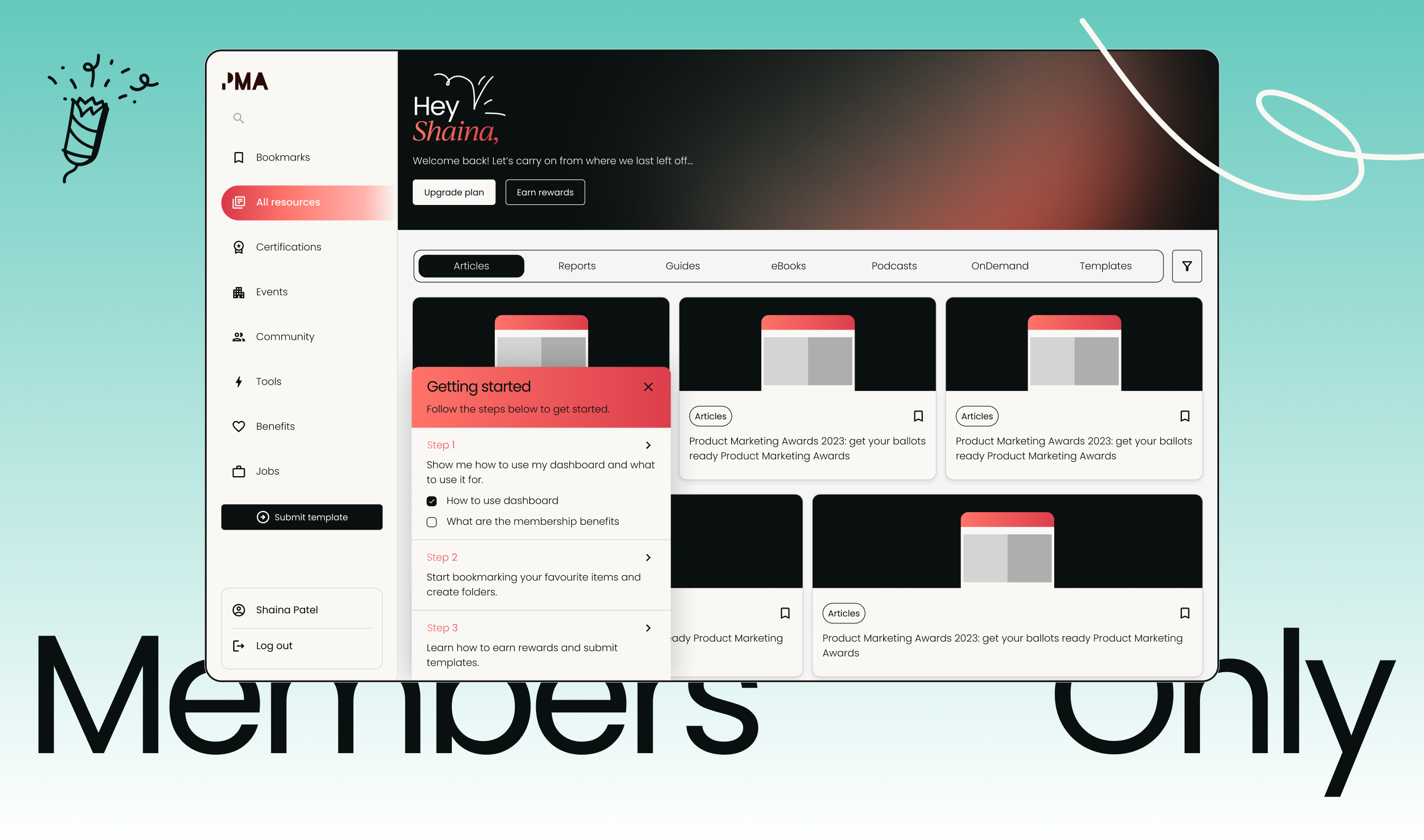
How did you develop your illustration style and how have you used this at Shoreditch Design?
My illustration style has evolved over time, beginning during my university years. One significant project during that time involved creating illustrations for an Amazon Audible podcast. This experience served as a catalyst for developing my unique style, characterised by human-like illustrations with a focus on print media.
As the years progressed, I continued to refine and expand upon this style, incorporating new techniques and influences. At Shoreditch Design, I have had the opportunity to leverage my illustration skills on various projects. This has included collaborating on several illustration projects, where my distinctive style added visual appeal and enhanced the overall design.
One notable application of my illustration style at Shoreditch Design has been in aligning illustrations with the company's brand values. Over the past six months, I have been tasked with creating characters that embody these values, utilising my illustration style to bring them to life. This process involves outlining the characters' features and expressions, before adding colours and textures to enhance their visual impact.
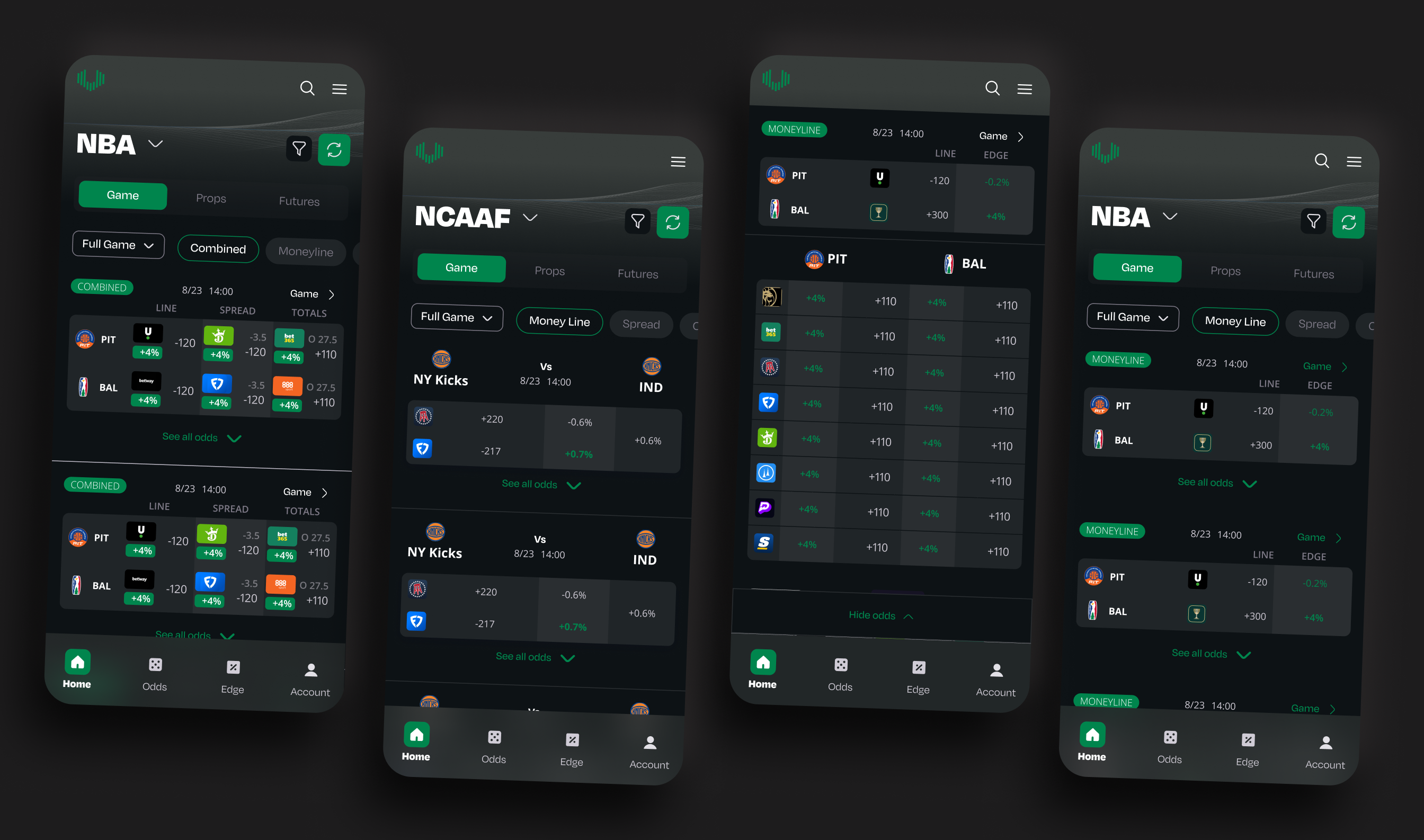
What did you learn from your recent Leadership and Management course?
From my recent Leadership and Management course, I gained valuable insights and skills that have enhanced my approach to leadership and team management. One of the key learnings was the importance of effective communication in fostering collaboration and achieving team goals. I learned techniques for providing clear direction, offering constructive feedback, and actively listening to team members' perspectives.
Additionally, the course emphasised the significance of emotional intelligence in leadership. I gained a deeper understanding of how to recognise and manage my own emotions, as well as empathise with others, leading to more positive and productive interactions within the team.
I also learned strategies for problem-solving and decision-making, including techniques for analysing complex situations, weighing options, and implementing effective solutions.
Overall, the Leadership and Management course provided me with practical tools and strategies to enhance my leadership capabilities.
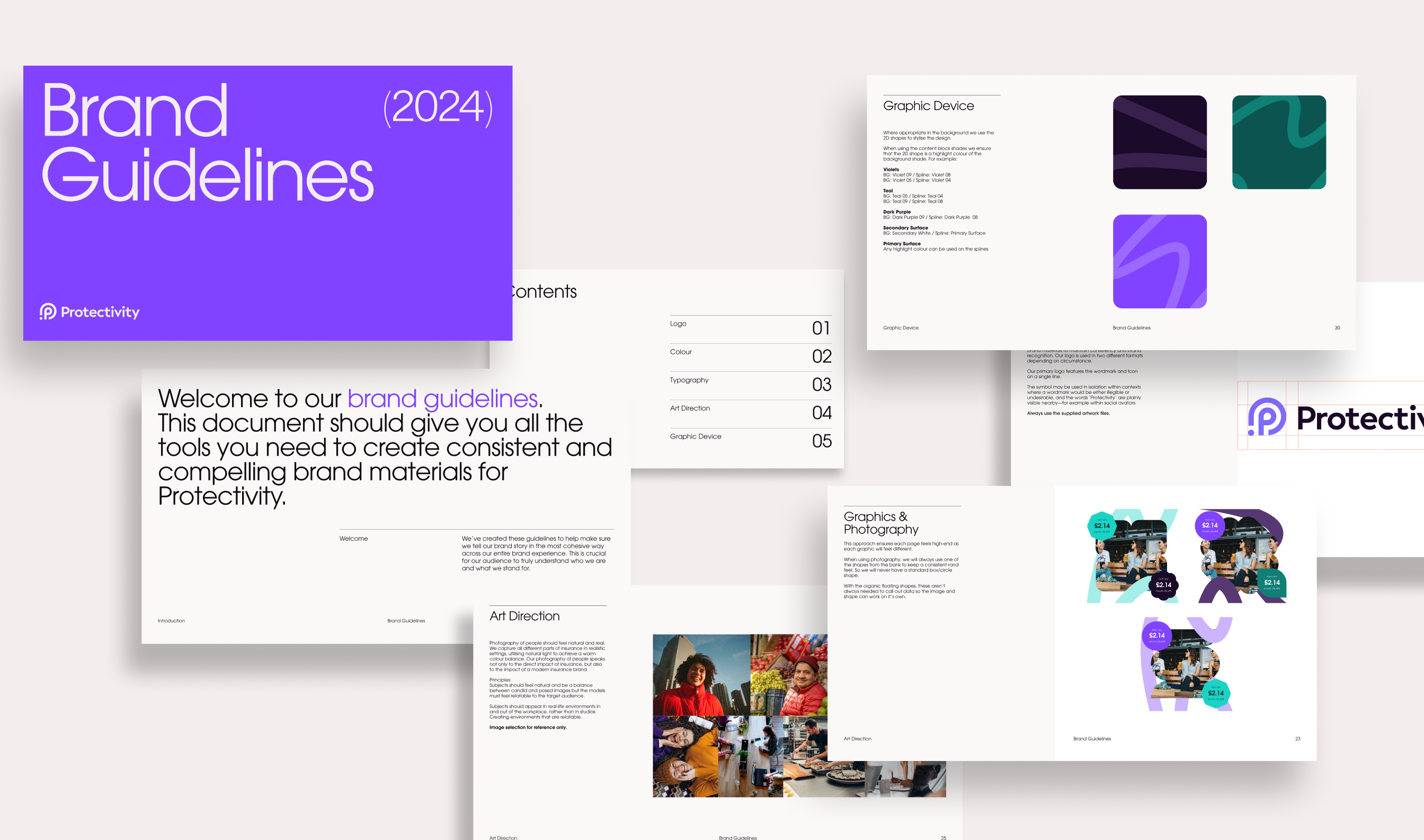
What advice would you give someone who wants to work in a design agency?
My advice to someone aspiring to work in a design agency would be to remain open-minded, especially at the beginning of your career. It's common to enter the field with a specific area of interest, whether it's UX/UI design, branding, animation, or another specialisation. However, I encourage people to explore various avenues within the design industry.
In the early stages of your career, you may not have a clear understanding of all the possibilities and opportunities available to you. By remaining open to different paths and experiences, you'll gain valuable insights into your strengths, interests, and preferences. This exploration process is crucial for personal and professional growth, allowing you to discover where your passions truly lie.
Being open-minded and adaptable will enable you to navigate the dynamic and ever-evolving landscape of the design industry
Shaina Patel
Avoid narrowing yourself too quickly by pigeonholing yourself into one specific area of design. Instead, embrace the diversity of the design field and be willing to step outside of your comfort zone. You may be surprised by the new skills you acquire and the opportunities that arise from exploring different facets of design.
Ultimately, being open-minded and adaptable will enable you to navigate the dynamic and ever-evolving landscape of the design industry with confidence and resilience. So, as you embark on your journey in a design agency, embrace the diversity of possibilities and allow yourself to grow and evolve along the way.
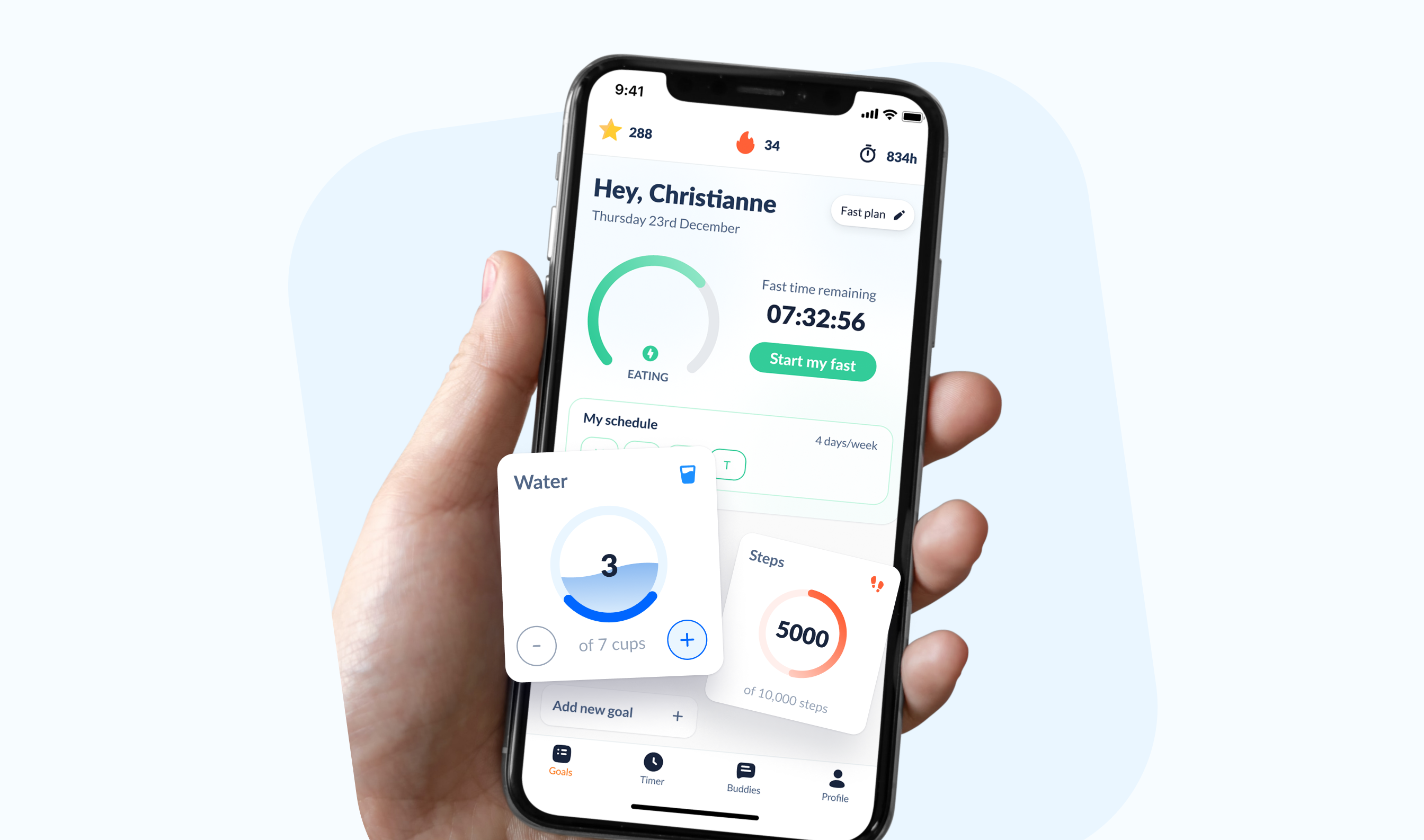
What’s your dream project/dream client?
My dream project or client would undoubtedly be collaborating with a makeup brand, particularly one like Charlotte Tilbury. The allure of working with a brand that embodies femininity, elegance, and innovation in the makeup industry is incredibly enticing to me. As someone who has a personal interest in makeup and appreciates the artistry and creativity behind it, partnering with a makeup brand would be a dream come true.
Furthermore, working with a brand like Charlotte Tilbury, known for its unique and distinct aesthetic, would provide a stimulating and creatively rewarding experience. The chance to contribute to the brand's visual identity and storytelling, while aligning with its values and vision, would be both challenging and immensely gratifying.
What are your favourite tools?
One of my favourite tools that I use regularly is Figma. It's an up-and-coming UX/UI design tool that has become indispensable in my workflow. What I particularly love about Figma is its versatility and collaborative features, which make it ideal for team projects and remote collaboration.
Figma is constantly evolving, with frequent updates that introduce new features and improvements. It has become an essential part of my design toolkit, allowing me to create, collaborate, and iterate with ease. Its intuitive interface and robust set of features make it a favourite among designers, and I look forward to seeing how it continues to evolve in the future.
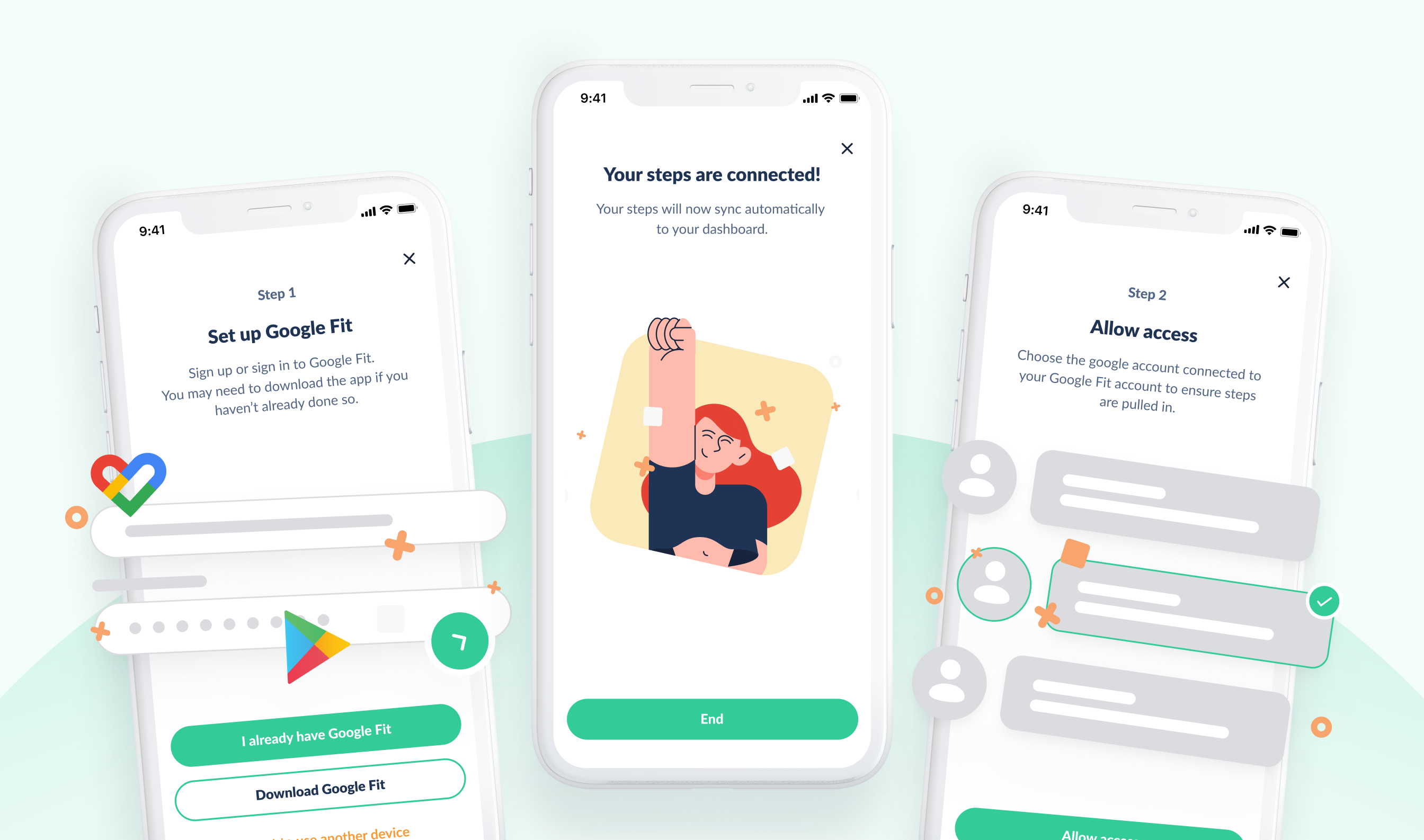
How inclusive is the illustration industry in 2024?
Assessing the inclusivity of the illustration industry in 2024 is complex. While it's challenging to provide a definitive answer, it's clear that there have been strides towards inclusivity, however there’s room for improvement.
On one hand, the internet has made it easier to find diverse representations in illustrations. Individuals seeking inclusive content can typically find what they're looking for with some effort. However, there remains a noticeable discrepancy in the volume of inclusive illustrations compared to those featuring more conventional representations, such as a white female.
The available options for inclusive illustrations are still limited. Users may find themselves constrained to choose from a specific set or pack of illustrations, rather than having a broad and diverse range of options readily available.
Overall, while there have been advancements in inclusivity within the illustration industry, there are still barriers to overcome. It's crucial for the industry to continue striving towards greater diversity and representation, ensuring that all individuals feel seen and reflected in the content they consume and create.
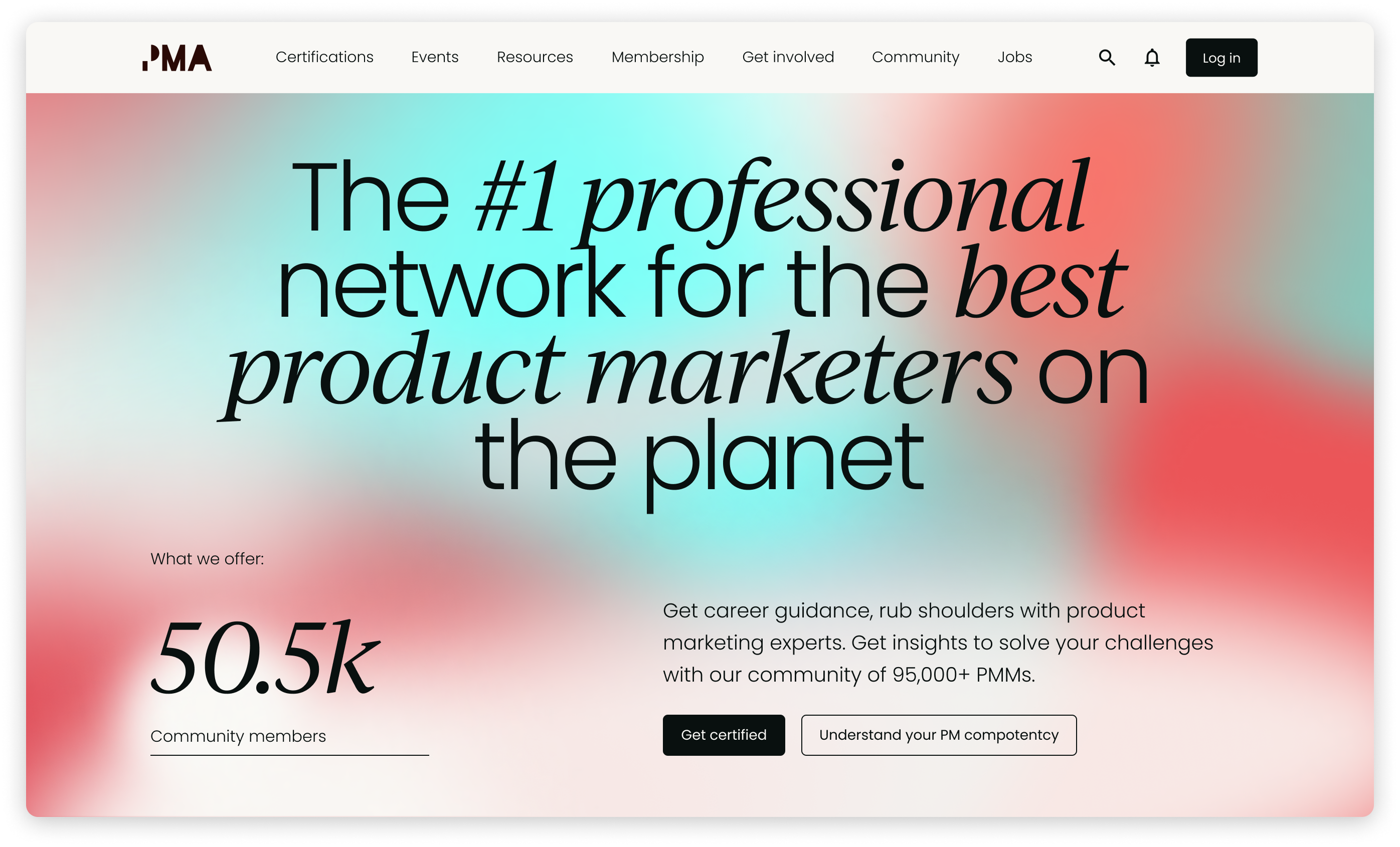
What career advice would you give your younger self?
I would emphasise the value of joining a design agency rather than opting for an in-house position. In a design agency, you're exposed to a diverse range of projects, which provides invaluable learning opportunities. Working on numerous projects allows you to gain experience in various aspects of the design process, from inception to completion.
In contrast, in an in-house position with a small team, your exposure may be limited primarily to design-related tasks. You may not have the chance to see the bigger picture or be involved in other aspects of the business. In an agency setting, the dynamic environment and collaborative atmosphere enable you to engage with different teams, learn from seasoned professionals, and develop a broader skill set.
Ultimately, my advice would be to prioritise joining a design agency where you can immerse yourself in a variety of projects and gain a comprehensive understanding of the design industry from top to bottom. The exposure and experiences gained in an agency setting will undoubtedly be invaluable in shaping your career trajectory.
Learn more about Shaina's work and Shoreditch Design







